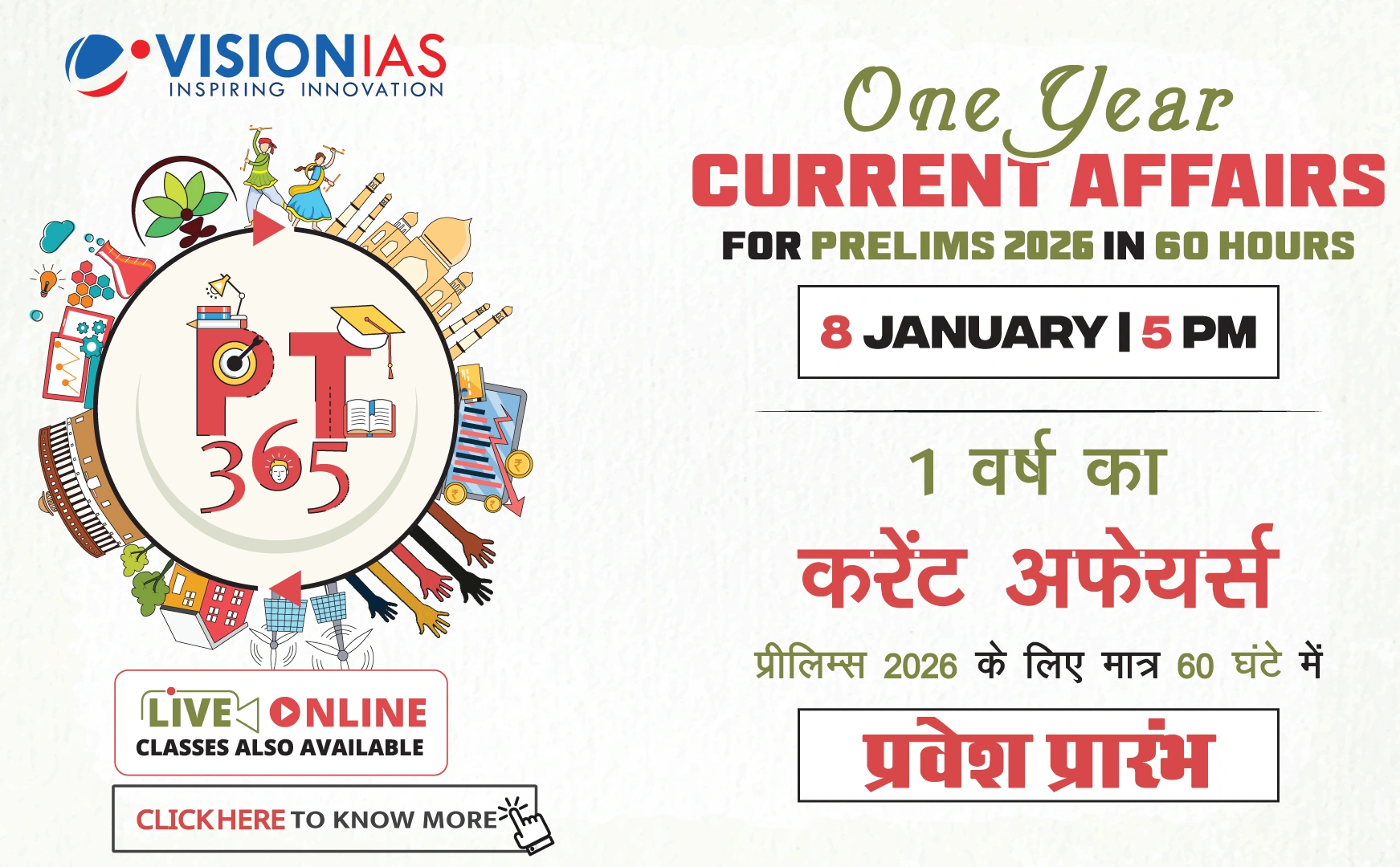India's Path to Becoming a Global Economic Powerhouse by 2047
For India to emerge as a developed nation and a global economic powerhouse by 2047, a consistent GDP growth rate of over 7.5%, ideally 8% (real GDP), is essential. Achieving this involves addressing several critical areas and overcoming various challenges.
Key Focus Areas for Growth
- Education and Healthcare: Essential for leveraging the demographic advantage.
- Stable Policies: Long-term, consistent policies are necessary.
- Infrastructure and Logistics: Improving the quality and reliability of infrastructure.
- Manufacturing and Technology: Focus on research and adoption of new technologies.
Looming Threats and Opportunities
- Climate Change and AI: Developing strategies to harness opportunities and mitigate threats.
- Resource Independence: Building ecosystems in critical areas like drugs, chips, and rare earths to reduce foreign dependency.
Challenges in Infrastructure and Services
- Infrastructure Issues: Poor quality of new infrastructure leading to inefficiencies and reduced productivity.
- Safety and Quality Concerns: Problems in aviation, railways, and food/drug quality due to understaffing and inadequate regulations.
- Technology and Services: Inadequate digital infrastructure affecting productivity.
Addressing the Challenges
Many issues stem from deep-rooted corruption and a lack of focus on quality. Solutions require political will, a national mindset shift, and collaboration between the government, corporate sector, and citizens.
Conclusion
While the challenges are significant, they are not insurmountable. Drawing lessons from countries like Japan, which overcame quality challenges, India can achieve its goals with strong political leadership and a collective national effort.



